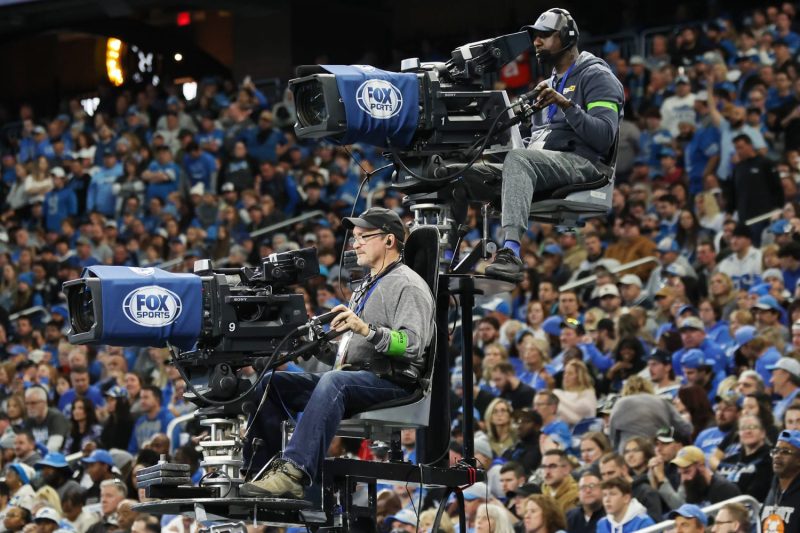The NFL’s Next Big Media Rights Payday is Years Off and Subject to a Shifting Industry
Earlier this year, reports surfaced about the National Football League (NFL) beginning conversations with media giants for the next round of television rights deals. This topic sparked widespread interest and speculation regarding the potential implications for the league and its broadcasting partners.
As one of the most lucrative sports leagues globally, the NFL’s media rights agreements hold considerable financial significance for both parties involved. The current deals, which were negotiated in 2011 and extended in 2014, bring in billions of dollars annually for the league. With the existing agreements set to expire after the 2022 season, the NFL is strategically positioning itself for a significant increase in revenue from its next round of media rights negotiations.
However, despite the eagerness surrounding the upcoming talks, experts suggest that the NFL’s next big media rights payday may still be years away. Several key factors contribute to this elongated timeline, including the evolving landscape of media consumption and distribution. The traditional model of television broadcasting is no longer the exclusive domain for sports content, as digital platforms have emerged as formidable competitors in the market.
Streaming services such as Amazon Prime Video, Netflix, and Hulu are actively pursuing sports content to attract and retain subscribers. This shift towards digital streaming platforms presents both challenges and opportunities for the NFL in its media rights negotiations. While these platforms offer an extensive reach and innovative viewing experiences, they may not yield the same level of revenue as traditional television contracts.
Furthermore, the ongoing COVID-19 pandemic has significantly disrupted the sports industry, causing uncertainties and financial constraints for all stakeholders. The current environment demands a strategic approach from the NFL and its broadcasting partners to navigate the challenges and capitalize on emerging opportunities.
Another crucial consideration for the NFL’s media rights negotiations is the viewership trends among younger audiences. With changing preferences and consumption habits, the league must adapt its content distribution strategies to engage younger fans effectively. This demographic shift underscores the importance of digital platforms and social media in reaching a broader and more diverse audience.
In addition to technological advancements and demographic changes, the NFL’s international expansion efforts also play a vital role in shaping its media rights agreements. As the league continues to explore new markets and expand its global reach, international broadcasting rights become a significant component in the negotiations with media partners.
Overall, the NFL’s next big media rights payday is a complex and multifaceted issue that extends beyond traditional television contracts. With the industry undergoing rapid transformations and disruptions, the league and its broadcasting partners must collaborate and innovate to seize the opportunities presented by the evolving media landscape. As the countdown to the 2022 season continues, all eyes will be on the NFL to see how it navigates the shifting industry dynamics and secures its future in the media rights market.
